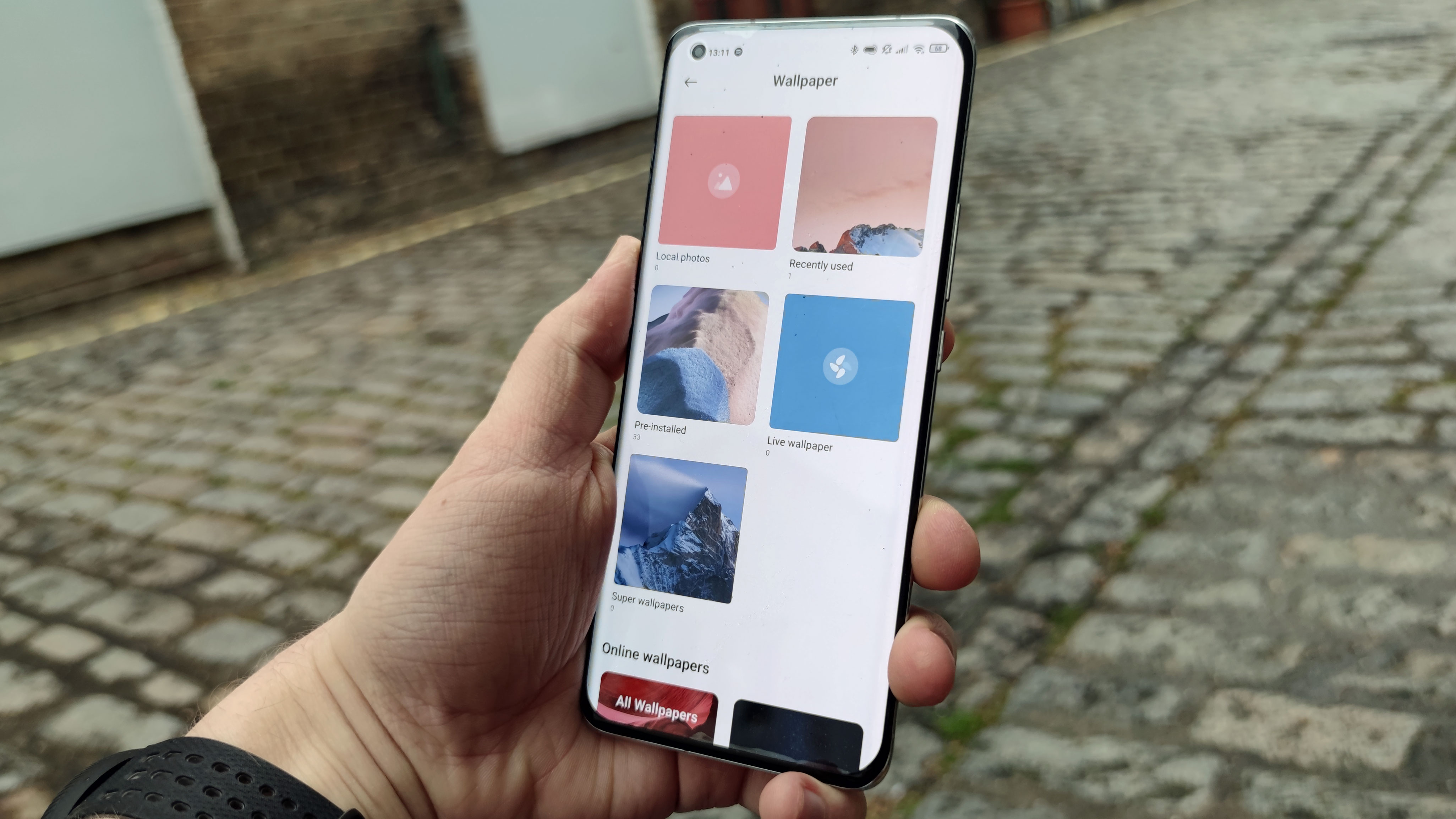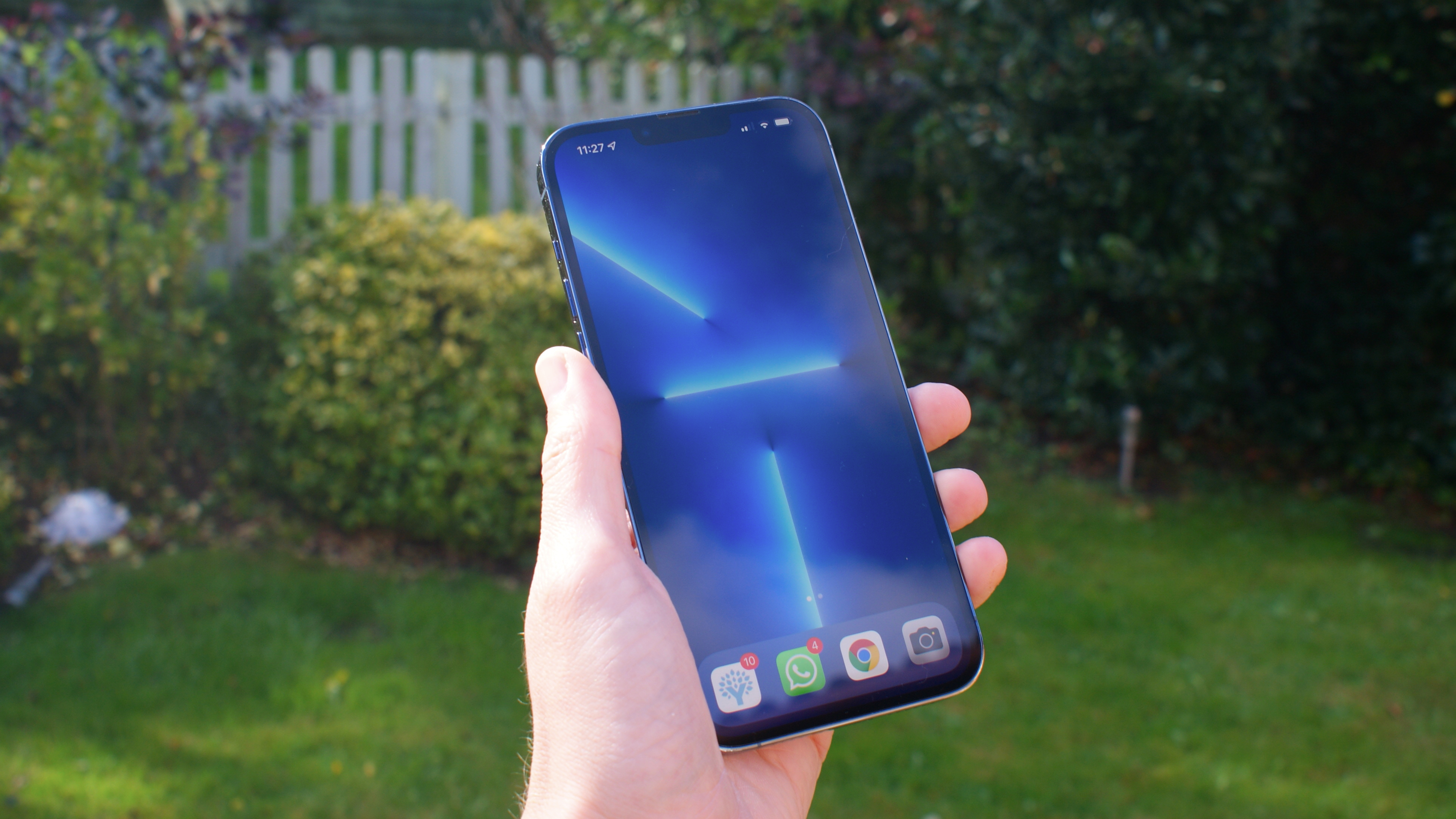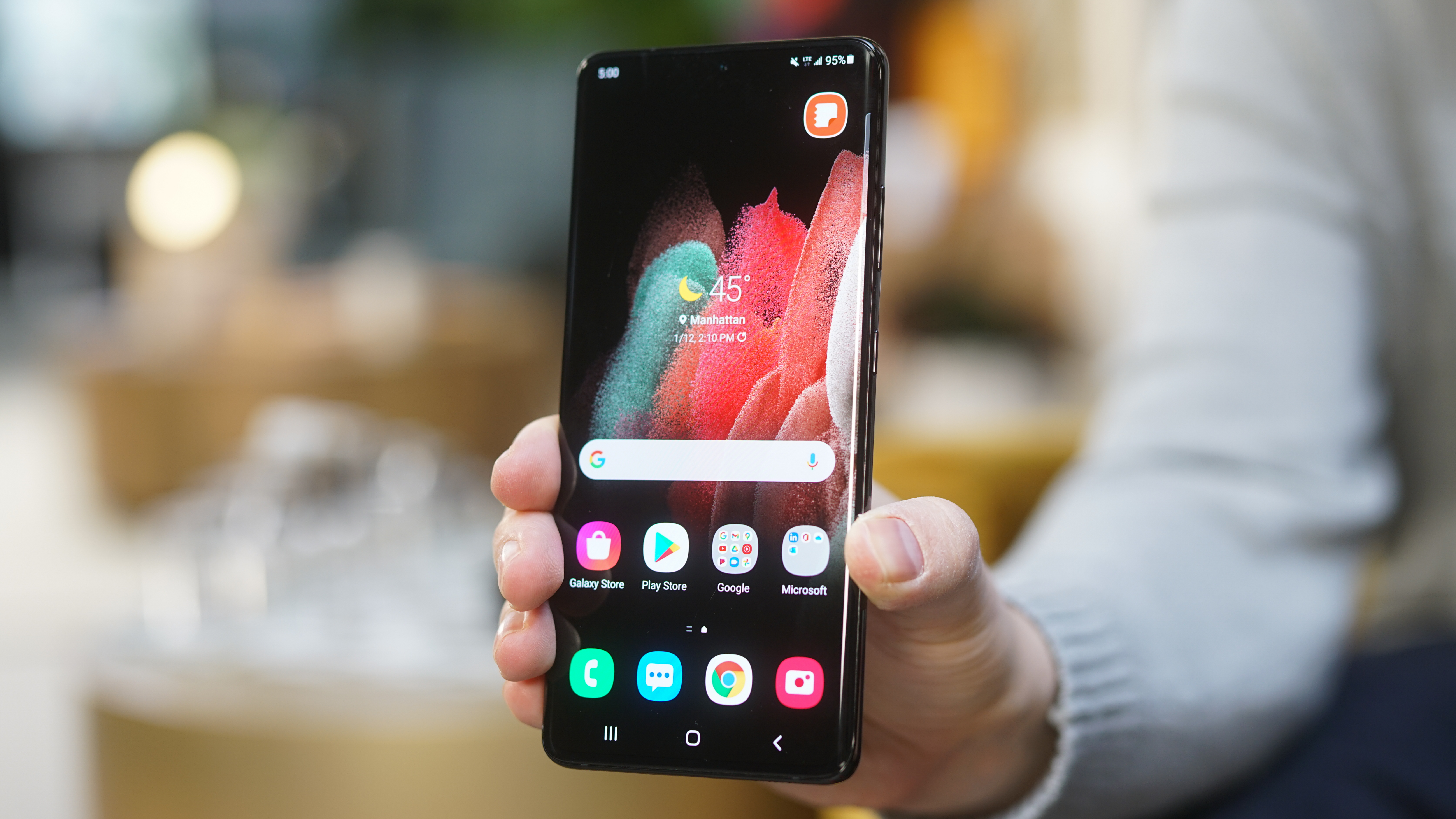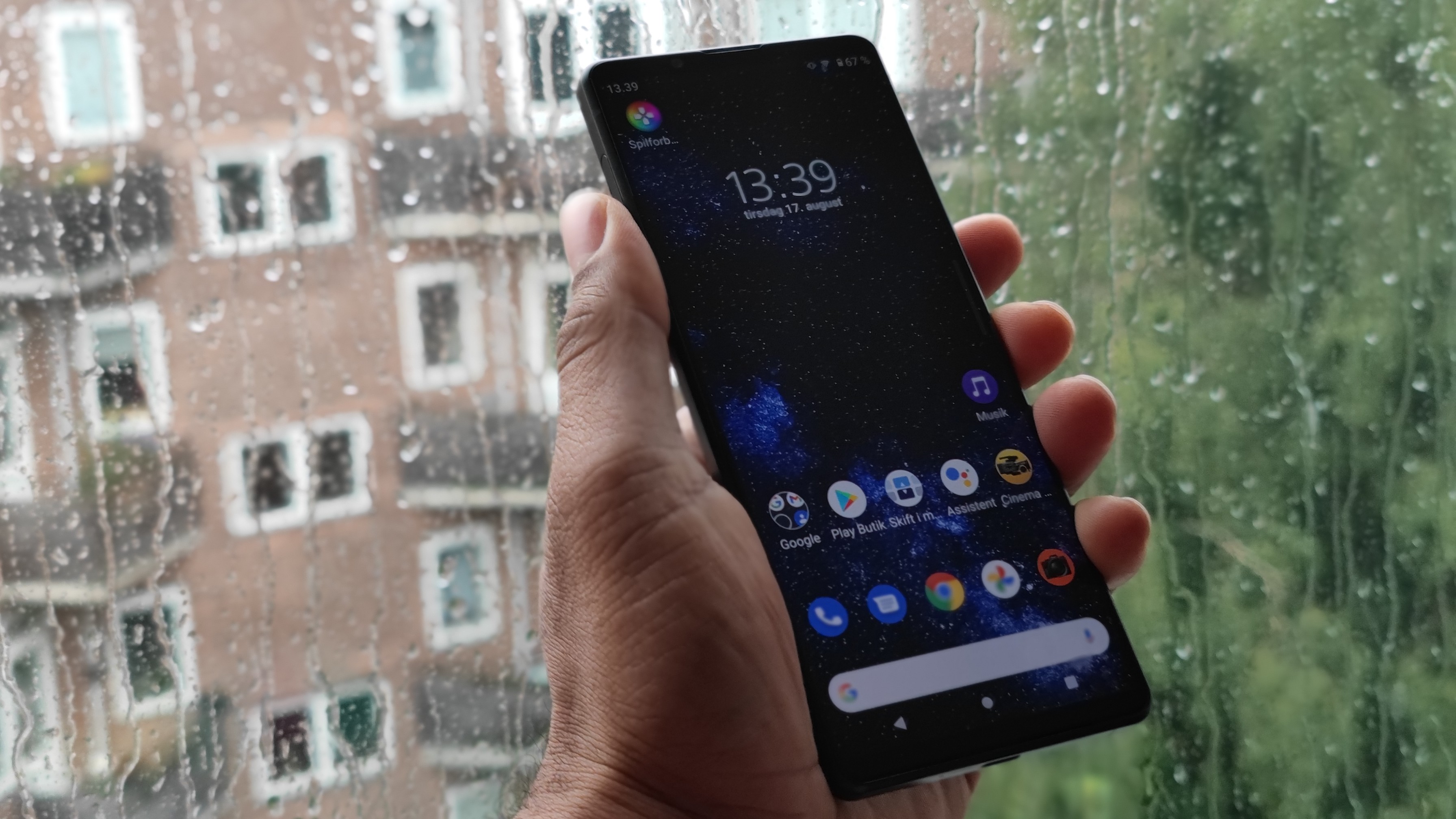The rise of the ultra-smartphone in 2021 came at the worst possible time
Is this the right time to buy a top-of-the-line phone?

You might call 2021 the year of the ultra-smartphone. While we’ve seen super-premium, top-tier phones in the past, this is the year multiple companies had a horse in the race, expanding the niche ultra-smartphone market.
We're not just talking about your standard premium phones here, like your Samsung Galaxy S21, OnePlus 9, Google Pixel 6, or Xiaomi Mi 11; no, we're looking at smartphones that are a cut above all the rest.
Ultra-smartphones like the Galaxy S21 Ultra, Xiaomi Mi 11 Ultra and iPhone 13 Pro Max cost much more than their standard counterparts, upwards of $1,000. Some of these “ultra” versions are only the first or second iterations to ever be released by their respective companies.. And this market will probably only grow.
So what’s so special about these ultra-smartphones, anyway? Well, these phones allow companies to debut their top-end tech at top dollar, so that keen consumers can play with flashy new features and cutting-edge hardware.
With so many new entries in this market category, we feel like 2021 was the year of the 'ultra-smartphone'. The problem? Covid-19 and its supply chain aftershocks made this the worst possible year to launch such tantalizing mobile tech.
What is an 'ultra-smartphone'?

When we talk about ultra-smartphones, we're looking at the high end of premium mobiles (not including foldables, which are also super pricey, but because of their design).
Three of the best examples are the aforementioned mobiles from Samsung, Xiaomi and Apple. All three phones are very expensive, but with better specs than any other member of their respective families.
Get daily insight, inspiration and deals in your inbox
Sign up for breaking news, reviews, opinion, top tech deals, and more.
These phones are huge, and often stocked with additions that probably appeal more to the power-user than to the average phone user. Take, for example, the Mi 11 Ultra's rear selfie camera, or the Galaxy S21 Ultra's stylus compatibility - such features are intriguing, but also bump up the price.
These phones aren't designed with your everyday consumer in mind. No, they're for the dedicated phone fan with money to burn.
The worst possible time
The market for premium smartphones has always been a bit exclusive, since most people can’t afford to spend huge amounts of money on pricey mobiles - at least not while affordable ones exist.
That's especially true of these ultra-smartphones, some of which can cost the equivalent of a whole year’s worth of groceries (in the UK, the Office for National Statistics (ONS) estimates an average family's weekly food shop comes to £61.90 per week, or £15.48 per person. Over a year, that's £804. This isn't necessarily the case in the US though, where the USDA weekly food budget averages for individuals sail far past the cost of a smartphone).

People who can afford to buy an ultra-phone are in the minority, globally speaking, and that's particularly true in 2021. For close to two years, the world has been gripped by the Covid pandemic. Only some of us have been affected financially by the various global changes we've seen, but nearly all of us are grappling with the wider uncertainty.
During this pandemic, we've witnessed the frailty of many economic systems. In times like these, it seems like a good idea to hold onto your cash in case you need it, rather than throw it at a pricey smartphone.
According to another ONS report, weekly household spending in the UK dropped by nearly 20% over the first year of the pandemic. Furthermore, nearly a third of the surveyed population experienced a drop in income. So while super-fancy smartphones are nice, things like food, rent and bills are much more important.
Another reason why the über-phones niche market is growing at the wrong time is that there is an ongoing chip shortage - another side-effect of Covid - that has heavily impacted the tech world.

If you've found it really hard to buy a new computer part, or iPad, or gaming console, this will be familiar to you: tech components are in short supply, which has made it hard to pick up certain gadgets. Some smartphones have been canceled, like the Samsung Galaxy Note 21 series; and others, like the iPhone 13 series, have been pretty hard to pick up.
There's no point in a company releasing a super-phone if it's really hard to buy, and poor iPhone 13 sales figures bear this out. It’s likely 2021 sales for the iPhone 13 might’ve matched that of the iPhone 12 if this economic Covid cocktail hadn't shown up.
Yet another factor is affecting ultra-smartphone production. These high-end phones are competing with other phones for a limited number of chips. 2021 was also the year that foldable phones became really big, with Samsung incorporating its foldable devices into its standard yearly lineup, and Xiaomi and Oppo unveiling their first such devices.
As expensive phones themselves, foldable devices are natural competition for premium phones, and people with full wallets will have to choose between a fancy folding phone or a top-spec premium mobile. Truly, there are many things stopping people from buying ultra-smartphones.
Long live the ultra-budget phone
While the super-premium smartphone market has gotten off to a rocky start, another market segment has been charging full steam ahead. We're dubbing this market the 'ultra-budget'. While these phones generally cost the same as lower-mid-range devices, you'll soon understand why we're differentiating these models.
Phones like the Realme GT, Moto G100 and Xiaomi 11T offer top-end specs at prices that are often half as much as your average premium mobile. Yes, we're aware 'top-end specs at a low-end price' has lost all meaning as a phrase because of how often phone makers say it, but recently we've seen a big increase in the number of mobiles that genuinely live up to this promise.

The three listed phones - the GT, G100 and 11T - and similar ones too, offer the same chipsets and camera specs you'll find in premium mobiles. The price is often balanced out by more workmanlike designs.
Identifiable features include Snapdragon 800-series chipsets, 64MP or 108MP cameras, and charging over 50W. Not all the phones share all these specs, but each has its individual set of strengths and weaknesses. These features make ultra-budgets competitive rivals to much pricer alternatives, and for most phone users, they'd be a much, much better choice than an ultra-smartphone.
So, why aren't we calling them mid-rangers, as their price suggests? Well, in the case of the Motorola phone or the likes of the Nokia G50, the devices are members of budget phone families and sit simply as pricier alternatives to super-budget mobiles.
In years past, your run-of-the-mill cheap phone would be, frankly, pretty bad - they'd work fine, but would run slow, take grainy pictures and often take hours to charge up. These days, that’s not the case, but until recently, you couldn't buy a budget mobile that legitimately competed with premium models in terms of speed, photography and usability.
So 2021 hasn't been a bad year for phone fans, even though the rise of ultra-smartphones came at a time when both components and spending money were in short supply. The growth of this alternative market, however niche, means new phones can still stir up excitement.

Tom Bedford joined TechRadar in early 2019 as a staff writer, and left the team as deputy phones editor in late 2022 to work for entertainment site (and TR sister-site) What To Watch. He continues to contribute on a freelance basis for several sections including phones, audio and fitness.